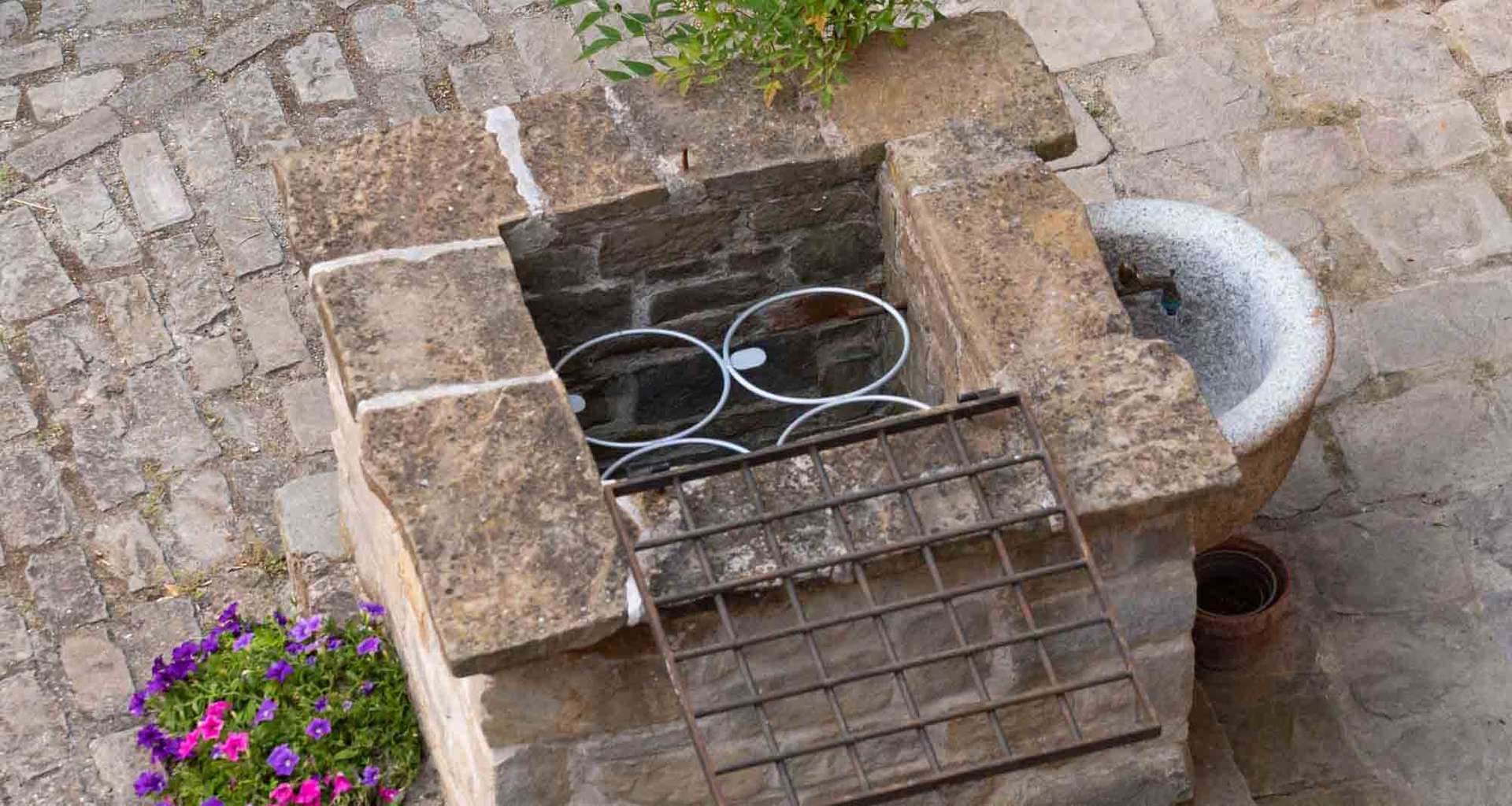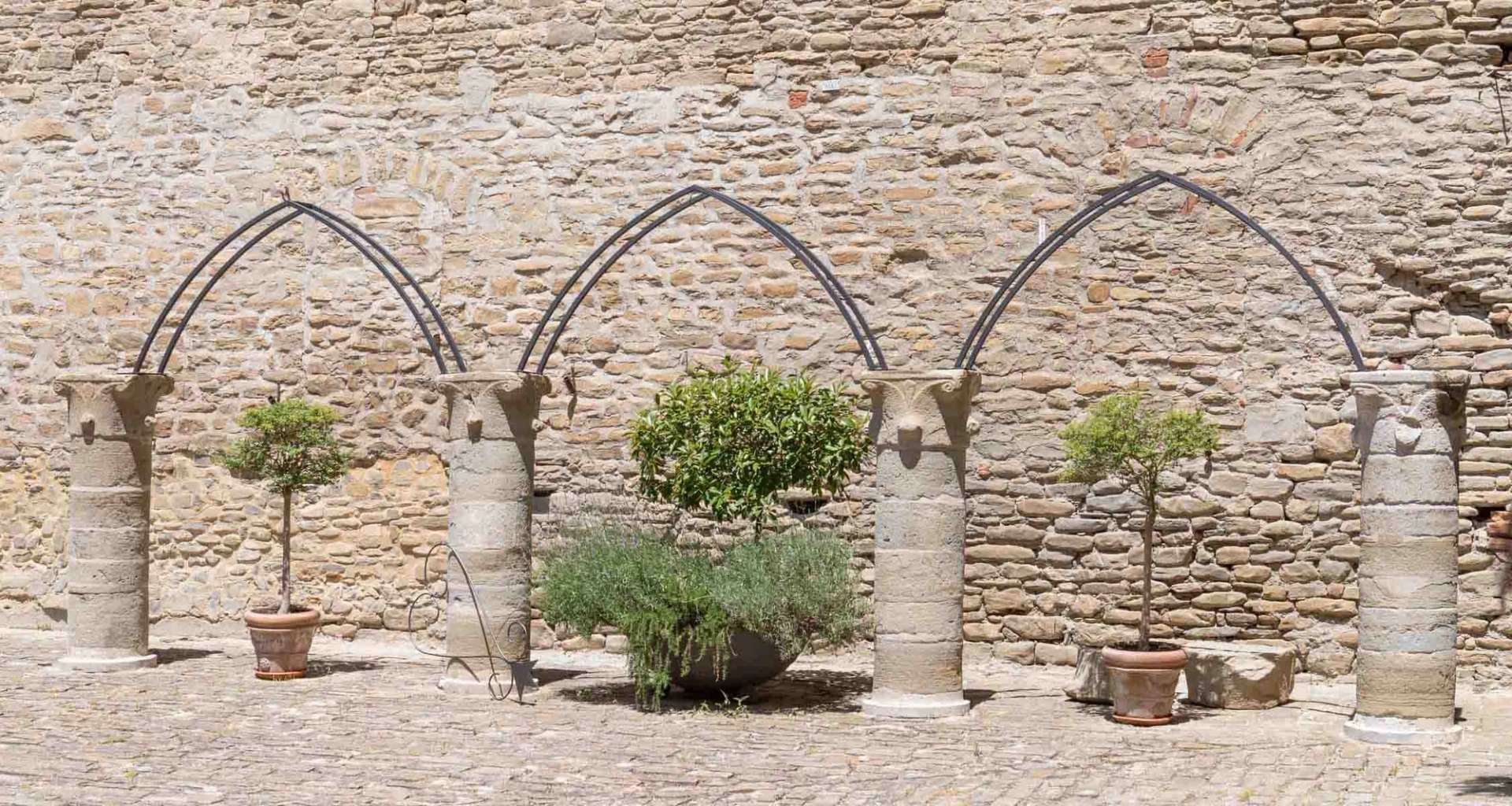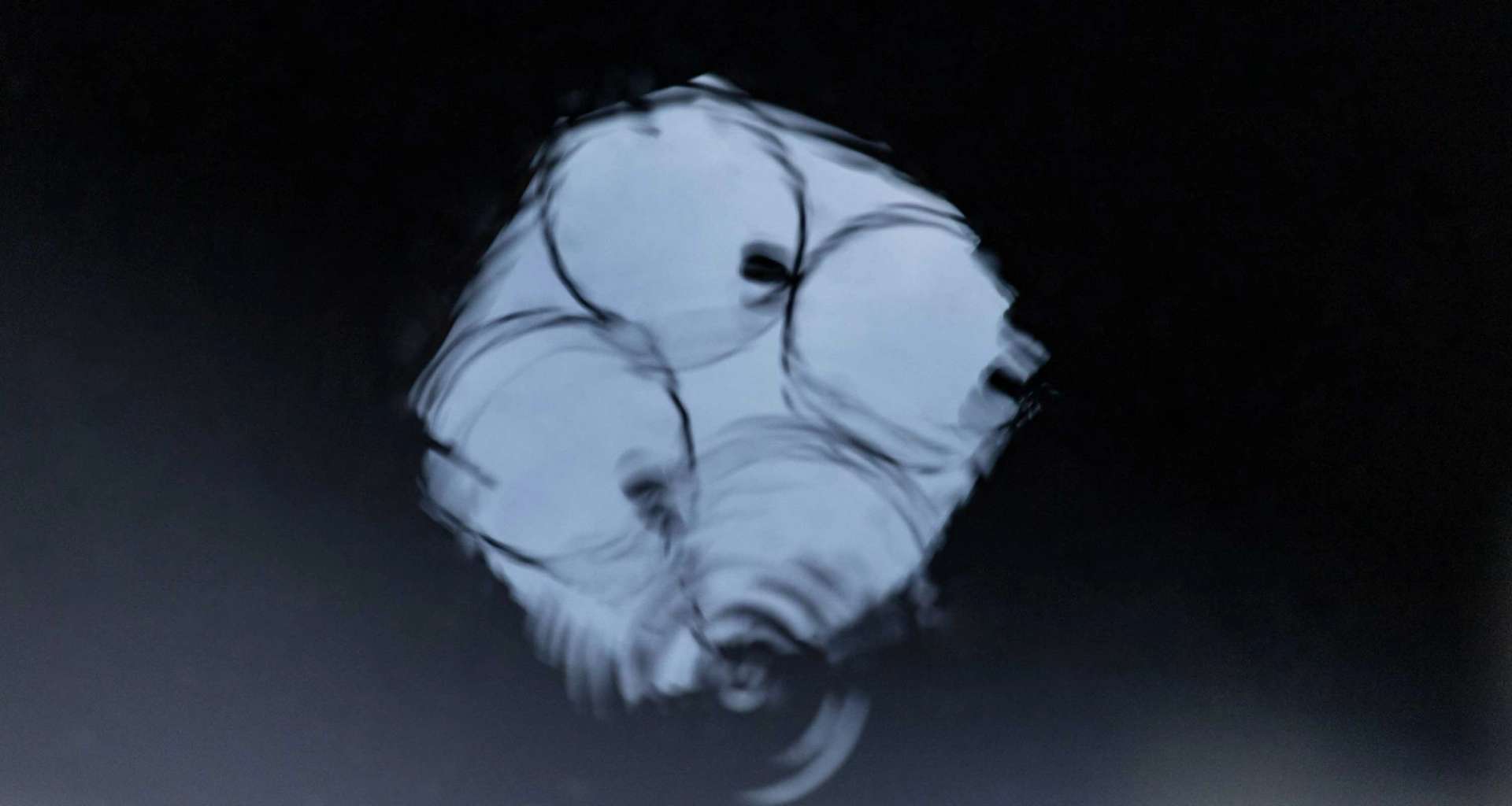Binta Diaw‘s research addresses socio-cultural, identity and historical issues, in relation to one’s own cultural heritage. These works translate the history of Monastero Bormida through recurring elements including: materiality, language and traditions.
The title in Italian Non è sbagliato tornare indietro e prendere qualcosa che hai dimenticato, refers to the Sankofa symbol attributed to the Akan (West Africa, Ghana) and metaphorically means “go back to the roots to move forward”. It is the key to interpreting the sculptural path that begins on the bank of the Bormida with an ephemeral installation in earth and salt that will be carried away by the water. Senza Titolo (2021) is a group of upturned keels of stylized boats, evoking bodies deprived of their humanity, thus reflecting on the cyclical nature that links colonial dynamics to the crossing of the Mediterranean.
On the Romanesque bridge, built by the Benedictine monks, it was crucial for the Salt Road. There lies the former customs house which today is dedicated to the Madonna. Here, the symbol of Mother Earth, Àdduna (2021), Akan goddess of creation, is installed. It is interesting how the shape, and that of other symbols, recalls various other Western decorations. The “gate of care and abundance” is located in the old gate of the “puntet”, on the threshold of the market square which is fundamental to the salt road. Bunt Topatoo ak Khëwuel (2021) is a half-open gate, referring to the theme of hospitality, through the symbols of the kola nut (power, trade) and Aban (fortress, safe place). The work is covered with salt dough, an ephemeral intervention carried out with the kids who attend Monastero’s summer camp that investigates the importance of salt over the centuries.
By flanking the castle you reach the tower connected to it by a vertiginous arch. Up there rests a long staircase that ends in a void. Ame Dine (2021) is a bridge towards the immaterial; for the Akan it is a symbol of ethics and faith.
In the courtyard of the former monastery, inside the well, is Kham Kham (2021), a work composed of two identical symbols representing wisdom and knowledge.
One remains on the surface while the other at water height is visible by going underground. The Sankofa is at the foot of an arch of the old cloister. Dellu Cossan (2021) represents a bird looking at its tail and is formed by a series of curves, representing the return as something non-linear. It is the outline of a history and a symbol of identity for many African diasporas. Sankofa takes us back to the origins, the past, the traditions and the beginning of a journey.
ㅤ
Permanent works:
Binta Diaw, Bunt Topatoo ak Khëwuel, 2021, sculpture, iron, paint, dimensions approx. 450 x 320 cm.
Monastero Bormida (AT), Piemonte
IN MONASTERO BORMIDA YOU CAN SEE LAYERS OF CENTURIES OF HISTORY, SETTLEMENTS, CARAVANS, LEGENDS, CULTS, EXPERIENCES, AND WARS, AND THEY RESONATE IN THE COMPLEX ARCHITECTURE OF THE VILLAGE AND IN THE LANDSCAPE THAT SURROUNDS IT.
Binta Diaw (Milan, 1995) is an Italian artist of Senegalese heritage and she creates installations on social phenomena such as migration, contemporary and colonial narratives, anthropological and social aspects in the European context, the relationship of the body with nature and the complexity of her identity, often using natural and symbolic materials. In 2020, she won the Bourse arts plastiques de la Ville de Grenoble; and in 2019, she participated in the exhibition Soil Is An Inscribed Body. On Sovereignty and Agropoietics, at SAVVY Contemporary, Berlin.
THROUGH THE VISUAL LANGUAGE OF THE ADINKRA SYMBOLS, I WANTED TO UPDATE THE ROLE THAT THE VILLAGE AND THE SALT ROAD HAVE HAD IN THE PAST, MAKING VALUES AND TRADITIONS RE-EMERGE.
Monastero Bormida is a Piedmont village of 932 residents in the province of Asti, which is 38km away. Founded by a group of Benedictine monks around 1050, today the village is still home to its fourteenth-century castle, the tower and the square which the church of Santa Giulia overlooks. The Romanesque stone bridge withstood eight centuries of flooding. In 1881, Augusto Monti, a professor of Italian and Latin whose students included Cesare Pavese, Giulio Einaudi, and Leone Ginzburg, was born there.






